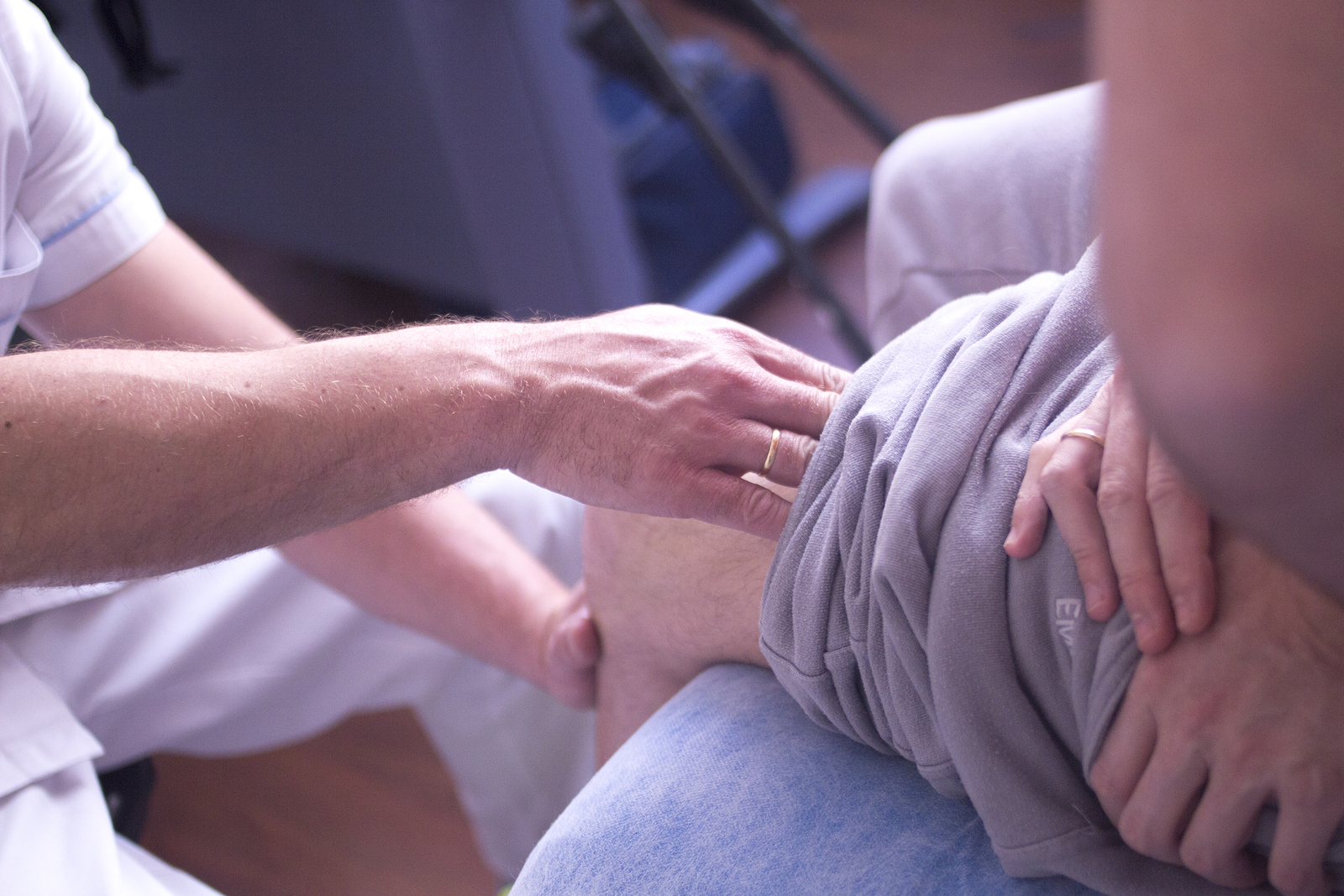
Assessing athletes’ readiness is a key component for successful outcomes after ACL reconstruction (ACLR). The aim of this study was to investigate whether return-to-activity criteria, individually or in combination, at 6 months after ACLR can predict return to participation in the same preinjury activity level at 12 and 24 months after ACLR.
Ninety-five level I/II participants completed return-to-activity criteria testing (isometric quadriceps index, single-legged hop tests, Knee Outcome Survey-Activities of Daily Living Scale (KOS-ADLS) and Global Rating Score (GRS)) at 6 months after ACLR. The PASS group was defined as scoring >90% on all criteria and the FAIL group as scoring <90% on any criteria. At 12 and 24 months after ACLR, participants were asked if they had returned to participate in the same preinjury activity level or not. All return-to-activity criteria, except quadriceps index, were entered into the logistic regression model.
81% and 84.4% of the PASS group returned to participation in the same preinjury activity level, while only 44.2% and 46.4% of the FAIL group returned at 12 and 24 months, respectively, after ACLR. The 6-meter timed hop, single hop and triple hop limb symmetry indexes; GRS; and KOS-ADLS individually predicted the outcome of interest at 12 months after ACLR (range: R2: 0.12-0.22, p<0.024). In combination, they explained 27% of the variance (p=0.035). All hop tests, individually, predicted the outcome of interest at 24 months after ACLR (range: R2: 0.26-0.37; p<0.007); in combination they explained 45% of the variance (p<0.001).
Return to participation in the same preinjury activity level at 12 and 24 months after ACLR was higher in those who passed the criteria compared with those who failed. Individual and combined return-to-activity criteria predicted the outcomes of interest, with the hop tests as consistent predictors at 12 and 24 months after ACLR.
No comments:
Post a Comment